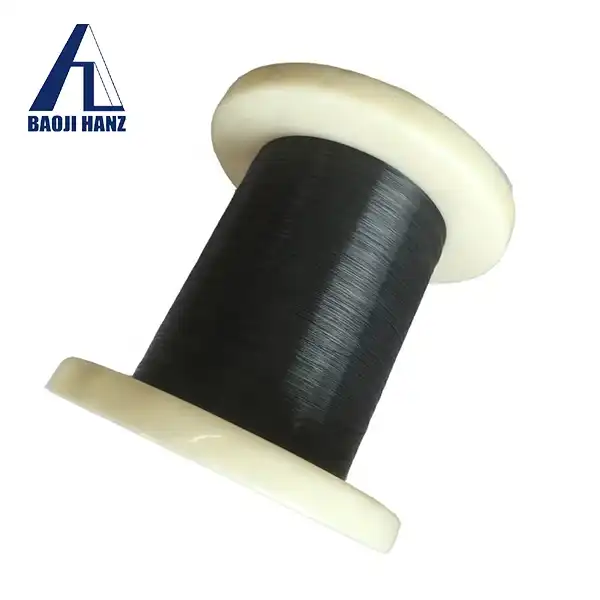How do you cut or process shape memory nitinol sheets?
2024-11-16 23:19:57
Shape memory nitinol sheets are a remarkable material with unique properties that make them valuable in various industries. These sheets, composed of nickel and titanium alloy, possess the ability to return to their original shape after deformation when exposed to specific temperatures. This blog post delves into the intricate world of cutting and processing shape memory nitinol sheets, exploring the challenges and techniques involved. We'll examine the various methods employed, from traditional cutting approaches to advanced technologies, and discuss the precautions necessary to maintain the material's exceptional properties. Whether you're a manufacturer, engineer, or simply curious about this fascinating alloy, this comprehensive guide will provide valuable insights into working with shape memory nitinol sheets.
Understanding Shape Memory Nitinol Sheets
Composition and Properties of Nitinol
Shape memory nitinol sheets are composed of a nearly equiatomic alloy of nickel and titanium. This unique composition grants nitinol its extraordinary properties, including shape memory effect and superelasticity. The shape memory effect allows the material to "remember" and return to its original shape when heated above a specific transformation temperature. Superelasticity, on the other hand, enables the material to undergo large deformations without permanent damage.The crystal structure of nitinol transitions between two phases: austenite and martensite. This phase transformation is responsible for the material's shape memory and superelastic behavior. The austenite phase occurs at higher temperatures and has a cubic crystal structure, while the martensite phase exists at lower temperatures and has a monoclinic crystal structure.
Applications of Shape Memory Nitinol Sheets
The exceptional properties of shape memory nitinol sheets have led to their adoption in various industries. In the medical field, nitinol is used to create stents, guidewires, and orthodontic archwires. Aerospace engineers utilize nitinol for actuators and vibration damping components. The automotive industry incorporates nitinol in valves and sensors, while consumer electronics benefit from its use in antennas and microactuators.The versatility of shape memory nitinol sheets extends to their application in robotics, where they serve as artificial muscles. In the field of architecture, nitinol has been employed in adaptive structures that respond to environmental changes. The material's ability to withstand repeated cyclic loading without fatigue makes it ideal for these diverse applications.
Challenges in Processing Nitinol Sheets
While shape memory nitinol sheets offer numerous advantages, they present unique challenges during processing. The material's high strength and hardness can lead to rapid tool wear and increased processing times. Additionally, the heat generated during cutting and machining can alter the material's properties if not carefully controlled.Another challenge lies in maintaining the precise composition and microstructure of the alloy throughout the processing steps. Even minor variations can significantly impact the material's shape memory and superelastic properties. Furthermore, the formation of a tenacious oxide layer on the surface of nitinol sheets can complicate joining and surface treatment processes.
Cutting Techniques for Shape Memory Nitinol Sheets
Mechanical Cutting Methods
Traditional mechanical cutting methods can be employed to process shape memory nitinol sheets, albeit with some modifications. Shearing and punching are viable options for thinner sheets, but care must be taken to prevent work hardening and edge deformation. For more precise cuts, waterjet cutting offers a cold-cutting alternative that minimizes thermal effects on the material.Wire electrical discharge machining (EDM) is another effective method for cutting nitinol sheets. This process uses electrical discharges to erode the material, resulting in high-precision cuts without mechanical stress. However, EDM can be relatively slow and may require subsequent surface treatments to remove the recast layer.
Laser Cutting Technology
Laser cutting has emerged as a preferred method for processing shape memory nitinol sheets. This technique offers high precision, minimal heat-affected zone, and the ability to create complex geometries. Fiber lasers, in particular, have proven effective due to their high power density and excellent beam quality.When laser cutting nitinol sheets, parameters such as laser power, cutting speed, and assist gas must be carefully optimized to achieve clean cuts while minimizing thermal effects. Pulsed laser systems can further reduce heat input, making them suitable for cutting thinner nitinol sheets without compromising their shape memory properties.
Chemical Etching Processes
Chemical etching provides a non-mechanical approach to cutting and shaping nitinol sheets. This process involves selectively removing material using chemical reagents, typically strong acids or bases. Photochemical etching, a variant of this technique, uses photoresist masks to create intricate patterns on the nitinol surface.Chemical etching offers several advantages for processing shape memory nitinol sheets. It produces stress-free components with clean edges and can easily create complex geometries. However, care must be taken to control the etching process to maintain uniform material removal and prevent undercutting of the desired features.
Post-Processing and Heat Treatment
Surface Finishing Techniques
After cutting, shape memory nitinol sheets often require surface finishing to remove burrs, improve smoothness, or modify surface properties. Electropolishing is a common technique that selectively removes material from the surface, resulting in a smooth, passive oxide layer. This process not only improves the aesthetic appearance but also enhances corrosion resistance and biocompatibility.Mechanical polishing and tumbling can also be employed to achieve desired surface finishes. For applications requiring specific surface textures, techniques such as shot peening or laser texturing may be utilized. These processes can improve the material's fatigue resistance and create functional surfaces for specific applications.
Heat Treatment Processes
Heat treatment plays a crucial role in defining the final properties of shape memory nitinol sheets. Annealing is often performed to relieve internal stresses introduced during cutting and shaping processes. The annealing temperature and duration must be carefully controlled to achieve the desired crystal structure and transformation temperatures.Shape setting is another critical heat treatment process for nitinol sheets. This involves constraining the material in the desired shape and heating it to a specific temperature, typically between 400°C and 550°C. The duration and temperature of shape setting influence the stability of the memorized shape and the material's recovery force.
Quality Control and Testing
Ensuring the quality and consistency of processed shape memory nitinol sheets is paramount. Non-destructive testing methods, such as X-ray diffraction and differential scanning calorimetry, can be employed to verify the material's phase composition and transformation temperatures. Mechanical testing, including tensile and cyclic loading tests, helps evaluate the material's shape memory and superelastic performance.Surface analysis techniques, such as X-ray photoelectron spectroscopy and atomic force microscopy, can be used to characterize the oxide layer and surface topography of processed nitinol sheets. These analyses are crucial for applications requiring specific surface properties, such as medical implants or microelectromechanical systems (MEMS) devices.
Conclusion
Processing shape memory nitinol sheets requires a delicate balance of techniques and expertise. From cutting methods to post-processing treatments, each step plays a crucial role in preserving and enhancing the material's unique properties. As technology advances, new methods for working with nitinol continue to emerge, expanding its potential applications across various industries. If you want to get more information about this product, you can contact us at: baojihanz-niti@hanztech.cn.
References
1. Johnson, A. D., & Kohl, M. (2018). Shape memory and superelastic alloys: Applications and technologies. Woodhead Publishing.
2. Pelton, A. R., Stockel, D., & Duerig, T. W. (2000). Medical uses of nitinol. Materials Science Forum, 327-328, 63-70.
3. Elahinia, M. H., Hashemi, M., Tabesh, M., & Bhaduri, S. B. (2012). Manufacturing and processing of NiTi implants: A review. Progress in Materials Science, 57(5), 911-946.
4. Mohd Jani, J., Leary, M., Subic, A., & Gibson, M. A. (2014). A review of shape memory alloy research, applications and opportunities. Materials & Design, 56, 1078-1113.
5. Yeung, K. W., & Poon, R. W. (2015). Laser surface treatment of NiTi for biomedical applications. In Laser Surface Engineering (pp. 459-481). Woodhead Publishing.
6. Farhat, Z., & Khan, M. I. (2013). Corrosion and surface treatment of NiTi implants. In Shape Memory Alloys for Biomedical Applications (pp. 160-195). Woodhead Publishing.
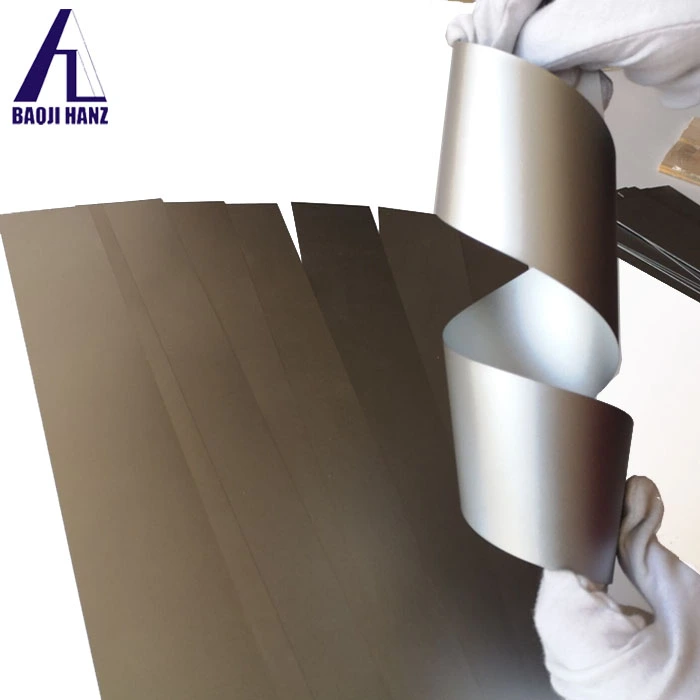
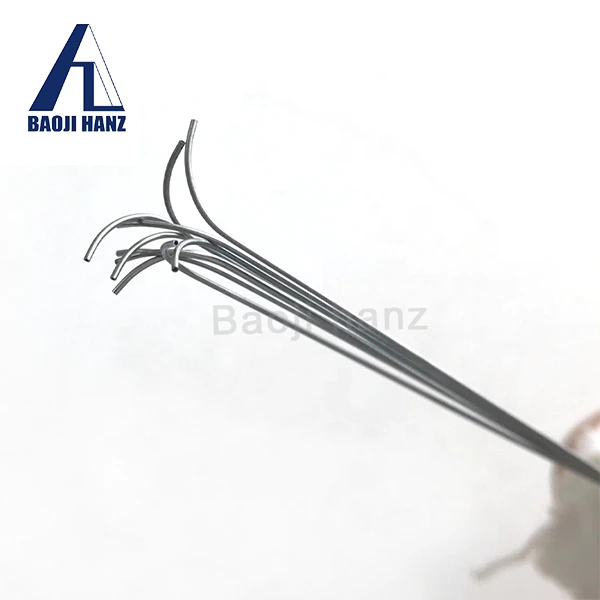
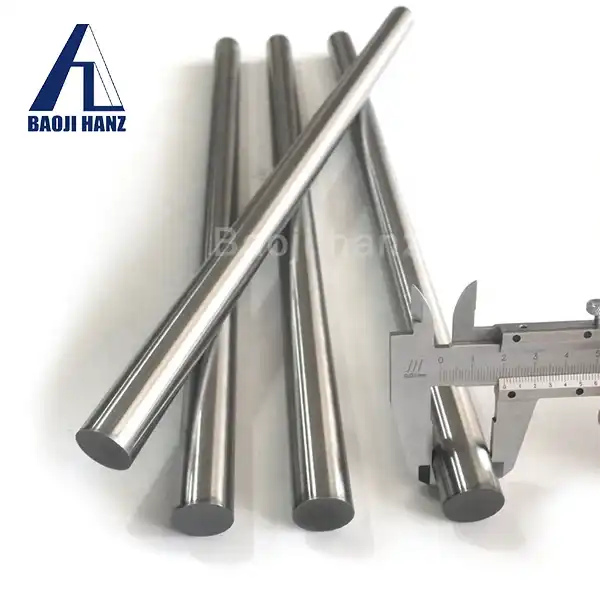
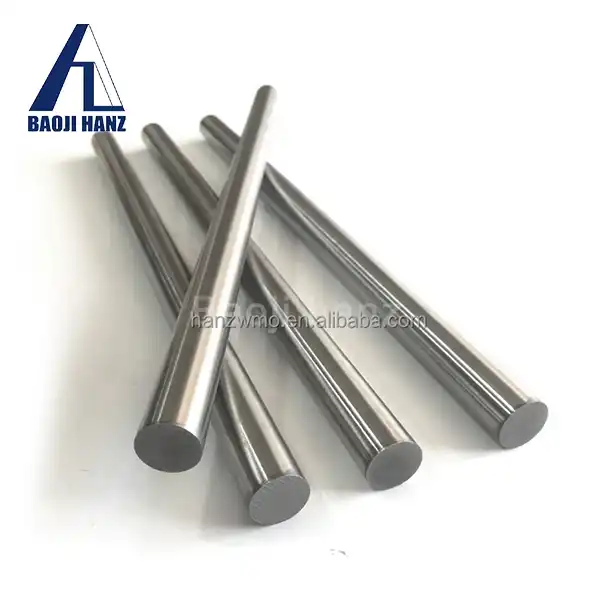
.webp)
.webp)
.webp)

